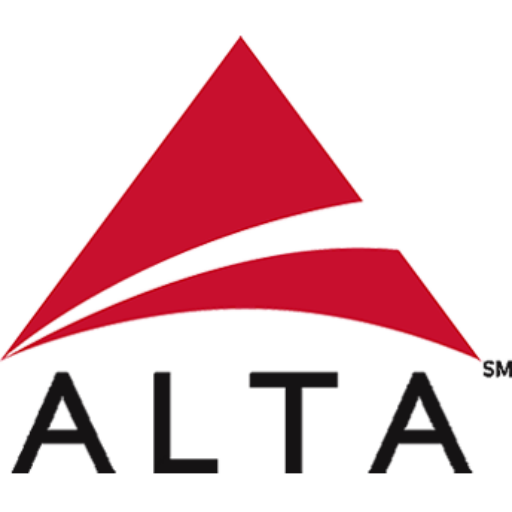Presently there are over 6,000 known living languages in the world.
Over the years, I have compiled a list of several great websites that I use as starting points for language research. Recently, as part of a language testing project, I had to locate people capable of administering Speaking and Listening tests in Marshallese.
What is Marshallese and who speaks it?
After an initial search on one of my favorite sites: Ethnologue, I learned that Marshallese is spoken by the 43,900 inhabitants of the Marshall Islands. I also discovered that Marshallese has different alphabetic systems depending on the religious affiliation of a speaker. This kind of knowledge becomes integral if a project involves Marshallese Writing assessments in addition to Speaking and Listening tests. For example, the type of writing assessment would depend on the religious affiliation of the target candidates for testing. If the candidates were all going to be from the same religious affiliation, I would have the writing assessment developed to target that particular religious affiliation’s alphabetic system. However, if the candidates were going to be from several religious affiliations, I would direct the developers to create a universal writing assessment that would take into account all of the nuances of the language, if possible. Finally, a more complicated and costly option would involve developing a different writing assessment for each religious affiliation that needed to be tested. As a project manager, it is my job to choose the option that will best meet my client’s expectations and ensure their satisfaction with the final product.
Another language I have worked with extensively is Tagalog. At first, I thought it was pronounced like my favorite Girl Scout cookie, but in fact, it is pronounced Tah-ga-log.
Tagalog is a language that originated in the Philippines and is spoken by a population of 15,900,098 people worldwide. It is also among the
top ten most commonly spoken languages in the United States. Many different areas of the language services industry require Tagalog speakers including: interpretation, translation, and proficiency testing. Check out I Love Languages for a great resource containing several Tagalog links, as well as information on hundreds of other languages.
I look forward to continue learning about the variety of languages across the world, and keeping you informed along the way with regular posts. Check out my next post for a detailed description of the different modes of interpreting.
